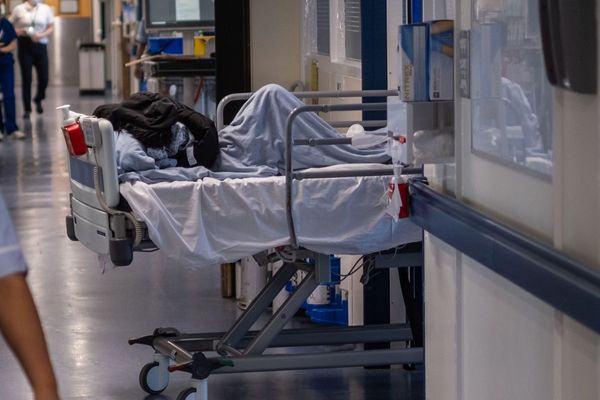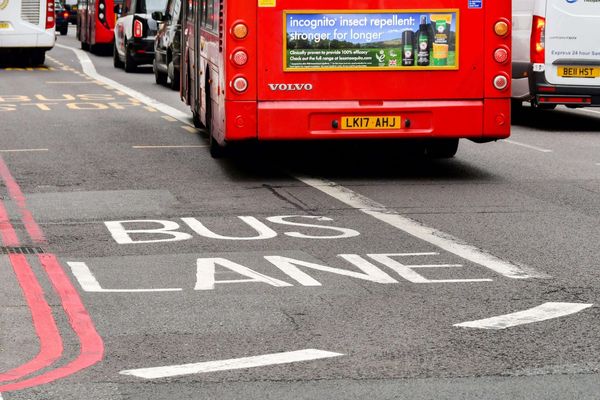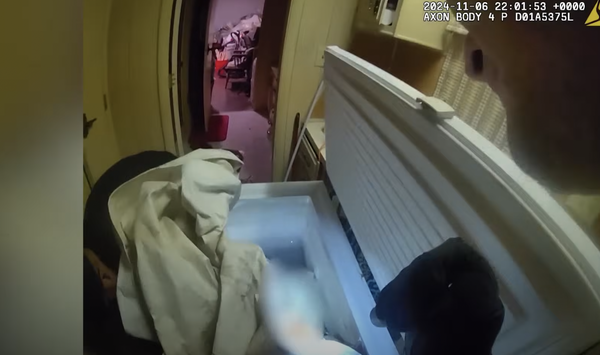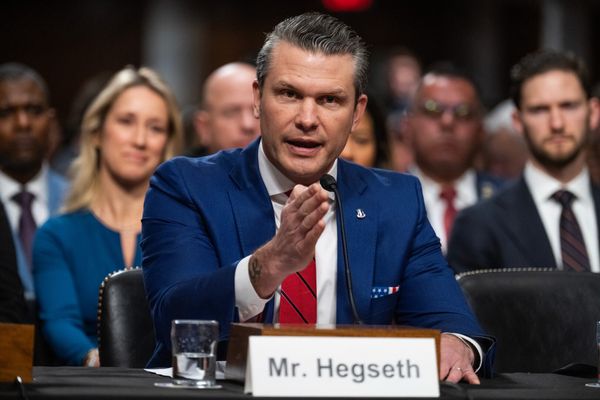
Netflix fans are gearing up for the sixth and final season of The Crown, with the first four episodes being released on 16 November and four more on 14 December. The series, having already detailed the influence of Princess Diana while a part of the British monarchy, is now expected to showcase her tragic death in 1997.
Between her invariable influence on timeless fashion and her dedication to raising awareness, everything Diana did in tandem with her fame was for others. She was dubbed the “People’s Princess” then and now, 26 years after her sudden passing.
Here’s the history behind Diana’s unofficial moniker
Diana’s focus as Princess of Wales was locked on finding ways to use her influence for the benefit of people who were affected by adversity and hardship. Her royal inclination was far from selfish purposes. In fact, Diana only mentioned the possibility of being queen once.
During a 1995 TV interview, Diana expressed her doubts about ever being queen because of the way she chose to lead. She admitted: “I don’t think many people will want me to be queen. Actually, when I say many people I mean the establishment I married into because they have decided I’m a non-starter... Because I do things differently.”
But that didn’t appear to matter to her, because she had no interest in stepping into her mother-in-law’s role, as her desire to be queen wasn’t to govern people. “I’d like to be a queen of people’s hearts, in people’s hearts, but I don’t see myself being queen of this country,” Diana proclaimed.
“I lead from the heart, not the head,” she added.
Throughout her time as a royal, and even after her divorce from Prince Charles, Diana devoted an outstanding amount of time contributing to a number of humanitarian causes. She aided foundations which focused on domestic violence and mental health, working closely with those affected rather than only donating a sum of money.
One of Diana’s most remembered moments took place in 1987, when she shook the hand of an AIDs patient. In doing so, she meant to abolish the false idea that the virus was transferable by physical touch.
When her divorce was finalised in 1996, Diana made no effort to halt her altruistic efforts. She continued contributing and advocating for children’s issues while supporting arts programs. Diana would bring Willam and Harry to homeless shelters and hospitals, exposing them to the reality outside of royalty.
Diana’s unconditional determination, empathy, and humbleness garnered her lasting support globally and inevitably assigned her the title “the people’s princess.” However, the actual term was coined by the former Prime Minister of the United Kingdom, Tony Blair, and used by him to pay tribute to Diana following her death on 31 August 1997.
“I feel like everyone else in this country today, utterly devastated,” he proclaimed, referencing Diana’s death in his famed speech. “She was a wonderful, and a warm, human being.”
“Though her own life was often sadly touched by tragedy, she touched the lives of so many others, in Britain (and) throughout the world, with joy and with comfort … She was the people’s princess, and that’s how she will stay, how she will remain in our hearts and in our memories, forever,” he went on to say.







